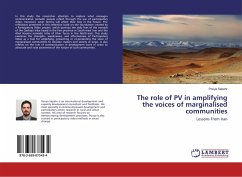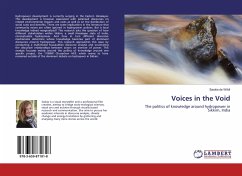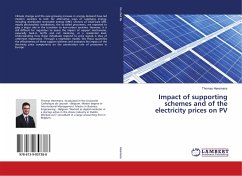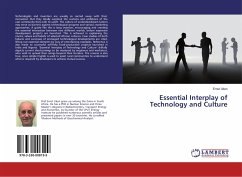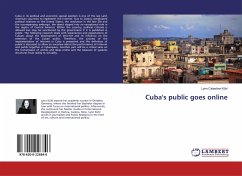In this study the researcher attempts to explore what messages communicative nomadic people reflect through the use of participatory video, moreover, what factors will affect their lives in the future. The reflections presented in this reflection build on the foundation created by a Participatory Video project, which portrays the daily lives of the nomads of the Qashqui tribe based in the Fars province in South-west Iran and the Abol Hassani nomadic tribe of Khar Turan in the North-east. This study examines the strengths, weaknesses, and effectiveness of Participatory Video as a tool for amplifying, presenting or re-presenting the voice of marginalised communities to decision makers and society at large. It also reflects on the role of communication in development work in order to advocate and raise awareness of the nature of such communities.

